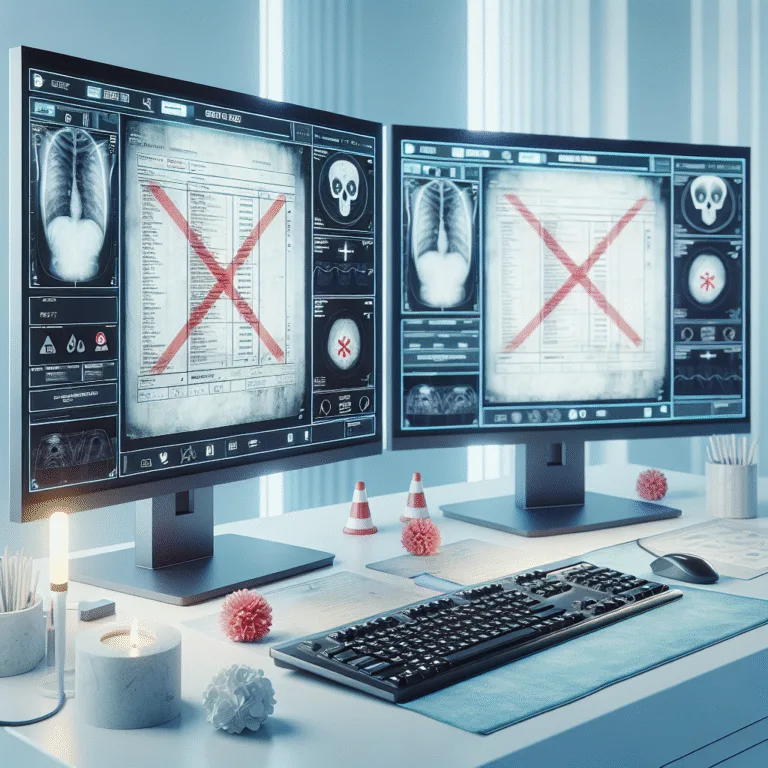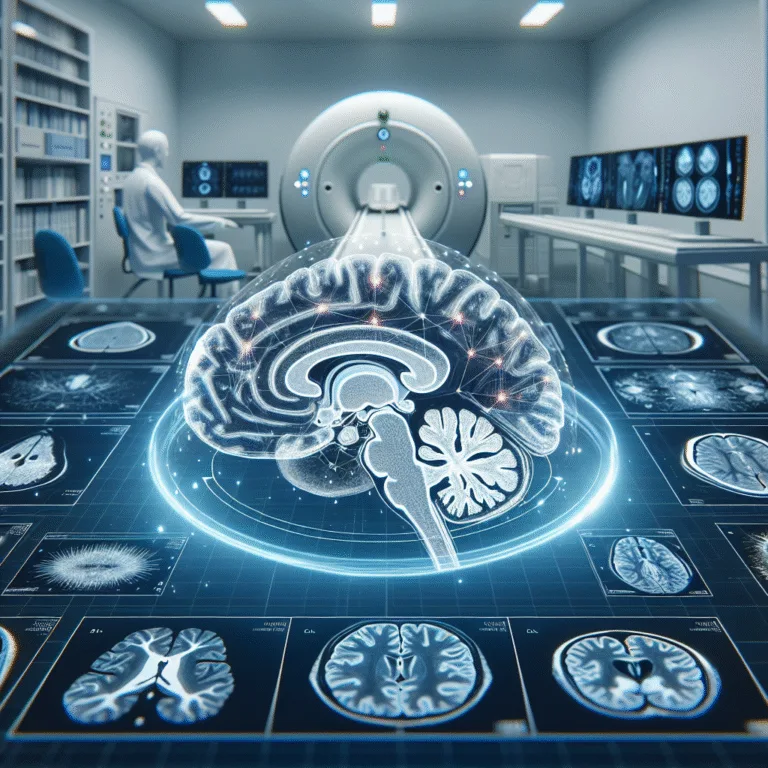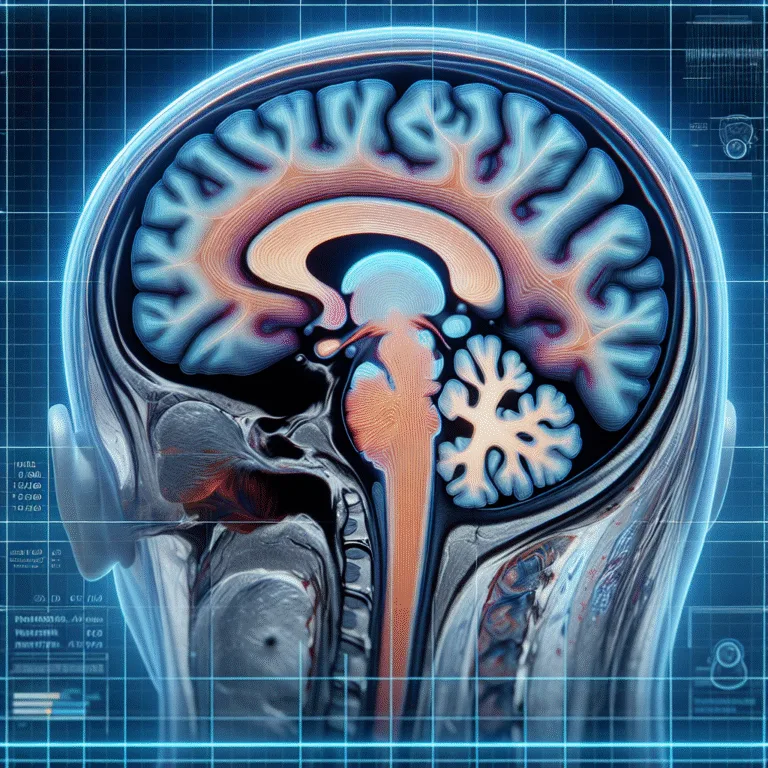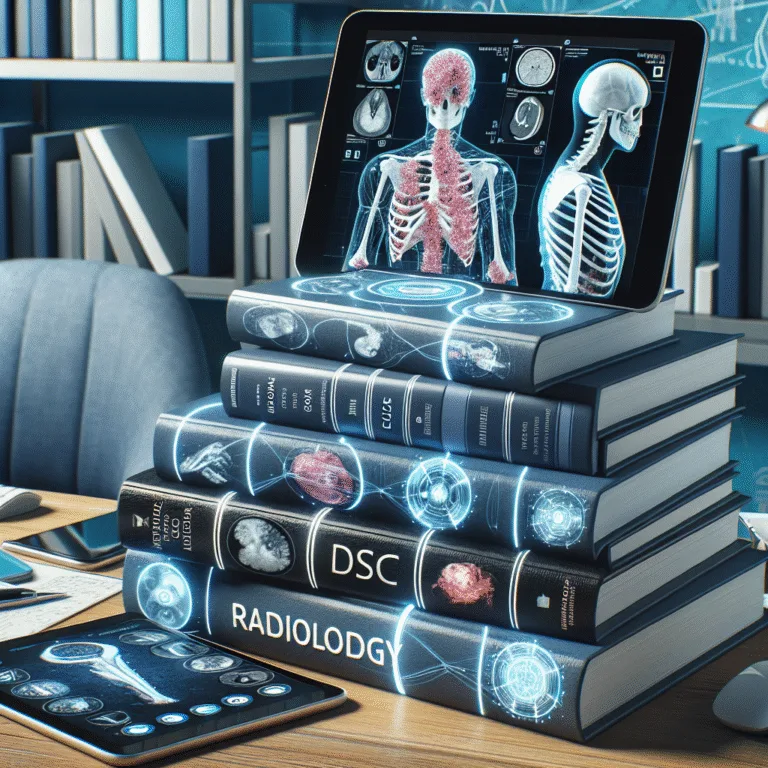5 Common Reporting Errors in Abdominal CT Scans and How to Avoid Them
5 Common Reporting Errors in Abdominal CT Scans and How to Avoid Them
The abdomen is a complex area with many opportunities for reporting errors. This focused article details five of the most common mistakes made in abdominal CT interpretation and reporting. Learn to spot these pitfalls and adopt simple, systematic approaches to ensure your reports are always accurate, clear, and complete.
Abdominal CT scans are a critical component in diagnosing a wide range of conditions. However, the complexity of the abdomen can lead to common reporting errors in abdominal CT scans. These errors can compromise patient care and lead to misdiagnosis. By understanding these common pitfalls, radiologists can enhance the accuracy and clarity of their reports.
Understanding Common Reporting Errors in Abdominal CT Scans
Radiologists face numerous challenges when interpreting abdominal CT scans. Errors often arise from the intricate anatomy and the presence of overlapping structures. Here are five common errors to be aware of:
1. Missed Lesions
One of the most frequent errors is the failure to identify small lesions. Lesions can be obscured by bowel contents or adjacent structures, leading to oversight. To mitigate this, radiologists should adopt a systematic approach, thoroughly reviewing each slice of the scan.
2. Misinterpretation of Normal Variants
Normal anatomical variants can sometimes be mistaken for pathological findings. For example, a prominent psoas muscle might be misinterpreted as a mass. Familiarity with common variants and continuous education can help prevent these errors.
3. Incomplete Reporting
Omitting relevant findings or failing to describe the extent of a condition can lead to incomplete reports. A comprehensive checklist can ensure all pertinent details are included. Utilizing tools like Rad Report AI can aid in maintaining thoroughness and consistency.
4. Incorrect Measurements
Accurate measurement of lesions or organs is crucial. Errors in measurement can affect treatment decisions. Radiologists should double-check measurements and consider using advanced software tools to enhance precision.
5. Overlooking Incidental Findings
Incidental findings are common in abdominal CT scans and can be clinically significant. Failing to report these findings can impact patient management. A structured reporting format can help ensure that incidental findings are not overlooked.
Strategies to Avoid Reporting Errors
Implementing systematic strategies can significantly reduce reporting errors. Here are some effective approaches:
- Use a Checklist: Develop and use a checklist for each scan to ensure no detail is missed.
- Continuous Education: Regularly update knowledge on anatomical variants and emerging pathologies.
- Leverage Technology: Utilize AI tools like Rad Report AI to streamline reporting and reduce human error.
- Peer Review: Engage in peer reviews to gain insights and identify potential oversights.
By incorporating these strategies, radiologists can enhance the accuracy of their reports, ultimately improving patient outcomes.
The Role of AI in Reducing Reporting Errors
Artificial Intelligence (AI) is revolutionizing radiology by providing tools that enhance accuracy and efficiency. AI can assist in identifying subtle abnormalities and ensuring comprehensive reporting.
For example, AI algorithms can highlight areas of interest that may require further examination, reducing the likelihood of missed lesions. Additionally, AI can automate routine measurements, minimizing human error and saving time.
Using AI tools like Rad Report AI, radiologists can produce faster, more accurate reports. These tools integrate seamlessly into existing workflows, offering suggestions and templates that ensure all relevant findings are documented.
Sample Radiology Report Template
To illustrate the practical application of these strategies, here is a simplified template for an abdominal CT scan report:
Patient Name: [Patient Name]
Date of Exam: [Date]
Indication: [Reason for Exam]
Findings:
- Liver: [Description of liver findings]
- Spleen: [Description of spleen findings]
- Kidneys: [Description of kidney findings]
- Bowel: [Description of bowel findings]
- Incidental Findings: [Any incidental findings]
Conclusion:
- [Summary of key findings and recommendations]
This template can be customized to fit specific needs and ensure comprehensive documentation.
Conclusion
Understanding and avoiding common reporting errors in abdominal CT scans is essential for accurate diagnosis and effective patient management. By adopting systematic approaches and leveraging AI technology, radiologists can significantly enhance the quality of their reports.
For more information on improving radiology reporting, consider exploring resources such as the American College of Radiology and the Radiological Society of North America.
🚀 Try Rad Report AI For Free — and experience faster, smarter reporting today.







